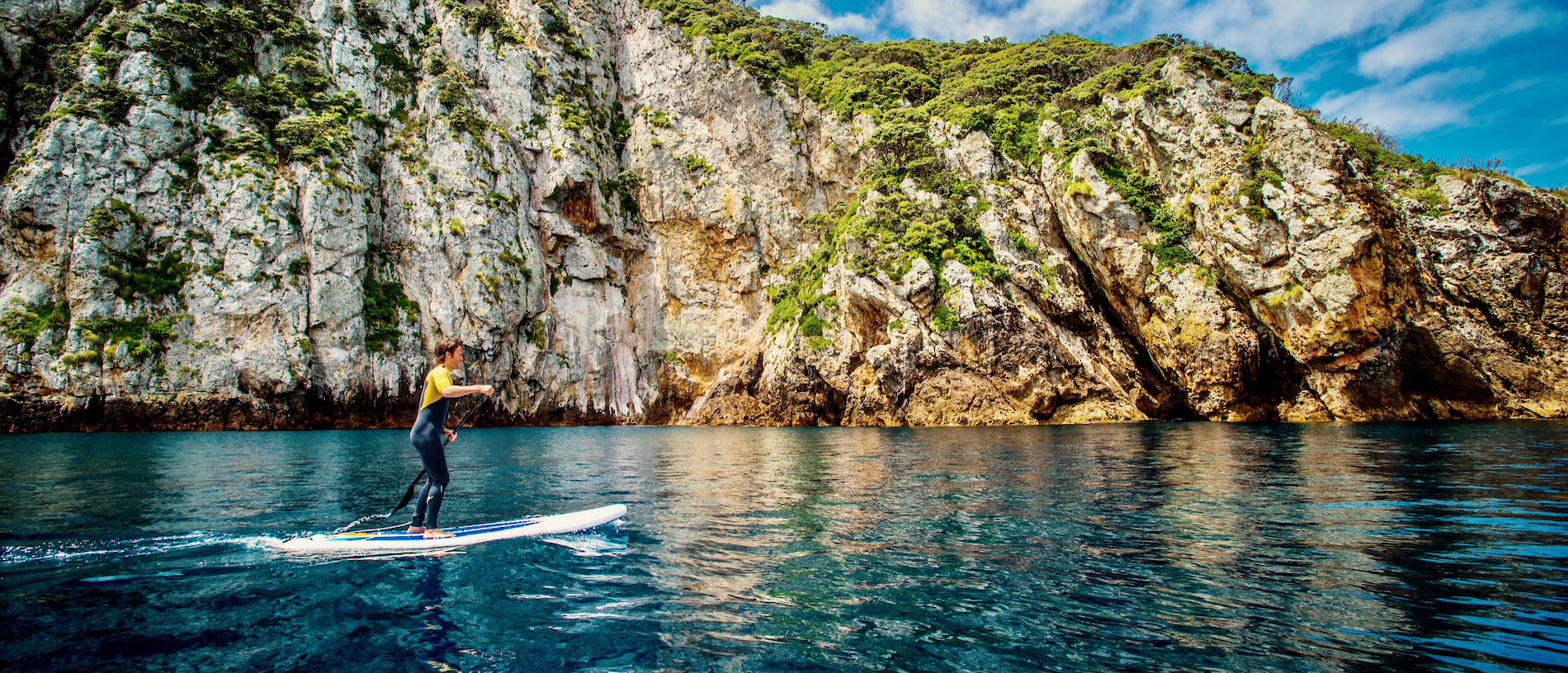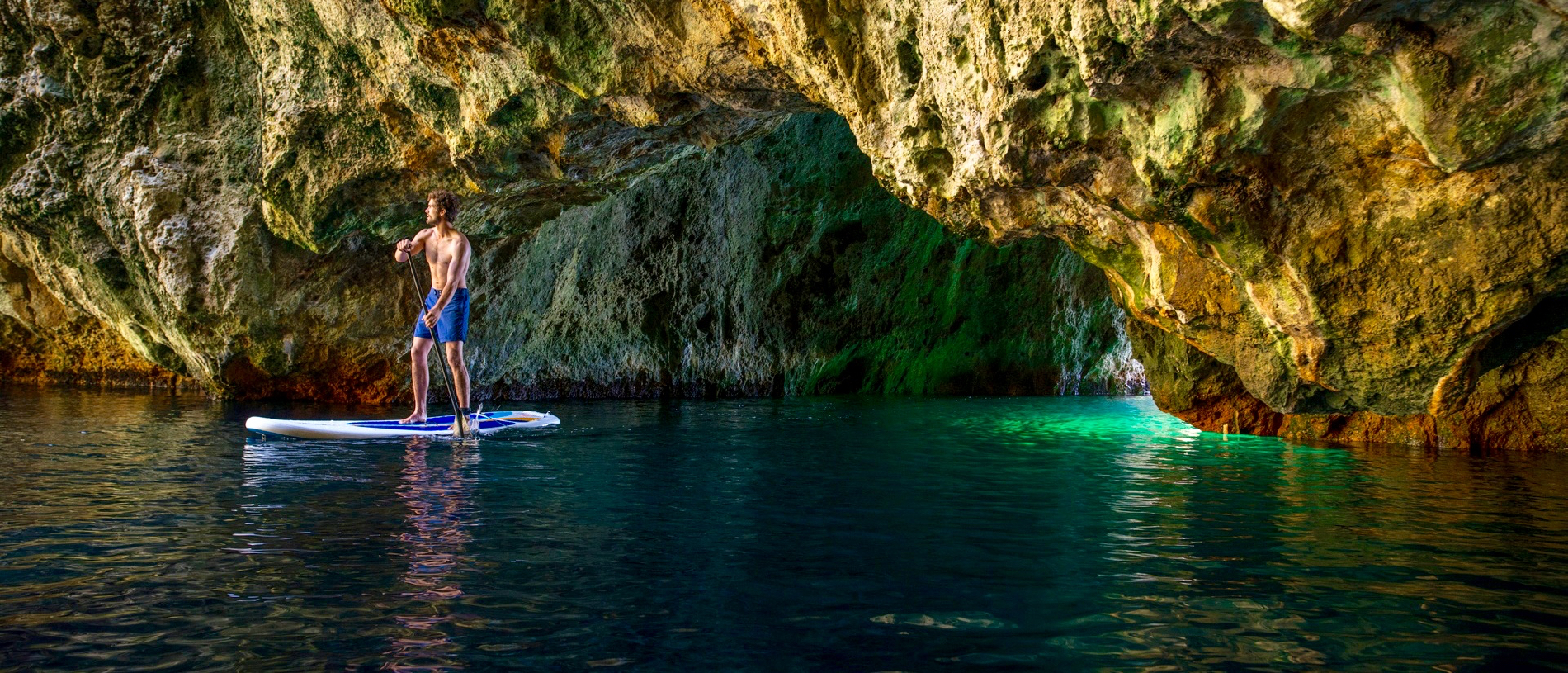
Our marine reserves: treasures under the sea
In essence, the very simple overriding edict for a marine reserve is no take. Nothing may be removed: not fish, not seaweed, not stones, not feathers or shells off the beach.

New Zealand’s marine reserves and protected areas offer visitors a unique opportunity to see fish and marine life, thriving and abundant in their natural environment.
Today, New Zealand has 44 marine reserves, protecting 17,700 square kilometres of diverse coastal environment.
The very simple, overriding rule for a marine reserve is ‘no take.’ Nothing may be removed: not fish, not seaweed, not stones, not feathers or shells off the beach.
You’re free to swim, snorkel, kayak and observe to your heart’s content, but do not take anything away with you.
From New Zealand’s original marine reserve, Cape Rodney-Ōkakari Point, commonly known as Goat Island, north of Auckland, or the spectacular Poor Knights Islands in Northland, to the remarkable ecosystems of the ten marine reserves adjoining Fiordland National Park on the South Island’s west coast, our marine reserves are a triumph of conservation and a legacy for the future.